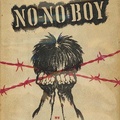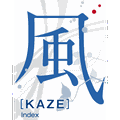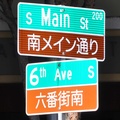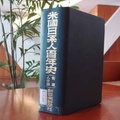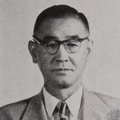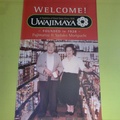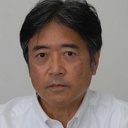
Ryusuke Kawai
@ryusukekawaiJournalist and non-fiction writer. Born in Kanagawa Prefecture. Graduated from the Faculty of Law at Keio University, he worked as a reporter for the Mainichi Shimbun before going independent. His books include "Yamato Colony: The Men Who Left Japan in Florida" (Shunpousha). He translated the monumental work of Japanese American literature, "No-No Boy" (Shunpousha). The English version of "Yamato Colony," won the 2021 Harry T. and Harriette V. Moore Award for the best book on ethnic groups or social issues from the Florida Historical Society.
(Updated November 2021)
Stories from This Author
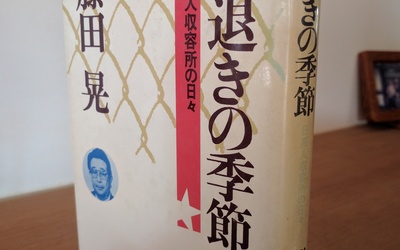
Part 1: "Season of Eviction" - Days in Japanese American Internment Camps
Feb. 24, 2017 • Ryusuke Kawai
Around this time 75 years ago, Japanese and Japanese-Americans living on the Pacific coast of the United States were forcibly evacuated and sent to internment camps set up in 10 locations across the United States following the outbreak of war between Japan and the United States at the end of the previous year. President Trump's recent executive order, which is intended to restrict entry to certain countries with large Muslim populations, is reminiscent of the Japanese American internment policy 75 …

Episode 25 (final) Where do we go from discrimination, prejudice, and war?
Feb. 10, 2017 • Ryusuke Kawai
This is the final installment of the series on "No-No Boy." During this time, I was able to publish a new translation of the book, which I had been working on in parallel, exactly 75 years after the Pearl Harbor. At the same time, Donald Trump, a president who takes an exclusive policy against immigrants, appeared in the United States. Most people would agree that it is necessary to step up vigilance in order to eliminate terrorists. However, it is …
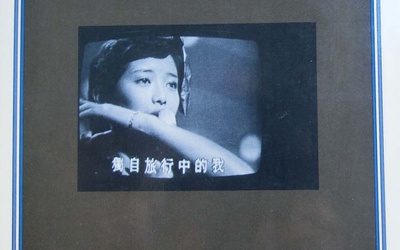
No. 24 Criticism and analysis from various perspectives
Jan. 27, 2017 • Ryusuke Kawai
The novel has been discussed intermittently ever since its first translation by Nakayama Yo, who translated "No-No Boy," under his real name, Yagasaki Shoji, in "Japanese Americans and Literature: John Okada and Lawson F. Inada" (Heian Jogakuin Junior College Bulletin, 8, 23-30, 1977). I'll list in chronological order what I've noticed, mainly in publications, from work introductions to academic papers. (The order is "Paper", author/author, and "Publication in which it is found") "The Return of No-No Boy: Joji Tani and …
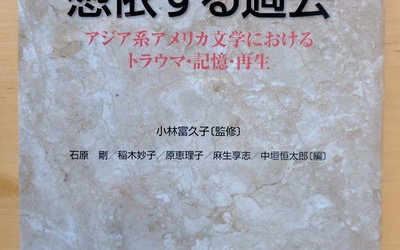
No. 23: In Japan, debates have been ongoing since the 1970s
Jan. 13, 2017 • Ryusuke Kawai
The novel "No-No Boy" is a work of American literature written in English by Japanese-American author John Okada, but it has been discussed by experts in various fields beyond literature. In Japan, the world of this novel has been examined from literary, sociological and psychological approaches. In literature, it seems to have been often discussed as a research subject under the category of "Japanese American literature" or "Asian American literature." In recent years, "No-No Boy" has been featured alongside various …

#22: Is this not a novel? Evaluations and reactions to the first edition
Dec. 23, 2016 • Ryusuke Kawai
The first edition of "No-No Boy" was published in May 1957. The previous year, Japan had joined the United Nations and entered the international community, and the country was on the path to rapid economic growth. In the United States, the civil rights movement was gaining momentum following the bus boycott in Montgomery, Alabama in 1955. In the Japanese community, the first generation of Japanese had already been granted citizenship through the Walter McCarran Act of 1952. However, memories of …
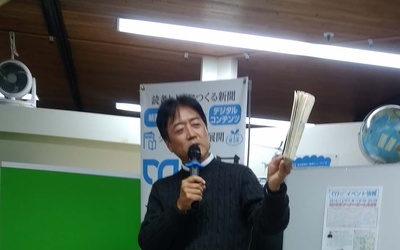
21st "Pearl Harbor Day" ~ Talking about "No No Boy" at "Mainichi Media Cafe" ~
Dec. 9, 2016 • Ryusuke Kawai
The other day, news broke that Prime Minister Abe will visit Hawaii on the 26th and 27th of this month to meet with President Obama and pay tribute to the victims of the attack on Pearl Harbor. Although it is not technically the first time that a sitting prime minister has visited Pearl Harbor to pay tribute, it is the first time in our memory that a prime minister has officially announced to the public that he will visit the …

20th New translation published in Japan
Nov. 25, 2016 • Ryusuke Kawai
A new Japanese version of "No-No Boy" will finally be published next month. The publisher is Shunposha (Bunkyo-ku, Tokyo), a company that publishes books on social issues and lifestyle themes, with a focus on labor and welfare. The English version has been a best-seller, with 18 printings to date, selling over 150,000 copies. A translation was also published in the past, but it has been unavailable in Japanese for the past 10 years, so it is now possible to deliver …
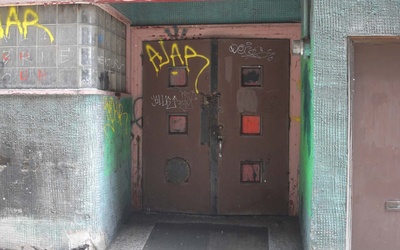
Episode 19: Chapter 11 (Final Chapter) – Is this a sign of hope?
Oct. 28, 2016 • Ryusuke Kawai
"No-No Boy" depicts Ichiro's life after the war ends and he returns to his hometown of Seattle, and his interactions with the people around him. The story revolves around Ichiro's inner monologue, and does not have a strong narrative quality. Nevertheless, the reader wonders what kind of way Ichiro will find to live in the midst of his suffering, and whether there is a way out of his suffering. In the final chapter, an incident occurs, but there is no …
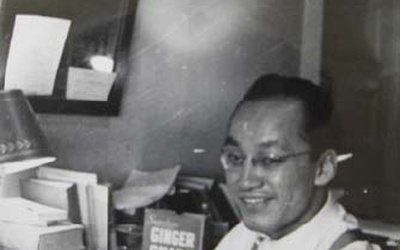
Chapter 18: Okada's gaze directed at racism
Oct. 14, 2016 • Ryusuke Kawai
Japanese and Blacks in America Japanese people are a minority in American society and have been subject to racial prejudice since they first immigrated to the United States. In the same way, Chinese and other Asian Americans, Jews, Mexicans, and Native Americans have also faced discrimination and prejudice as minorities. Okada talks about these racial issues through Ichiro's eyes, and it is clear that he has mixed feelings about black people. In the first chapter, Ichiro returns to Seattle and …
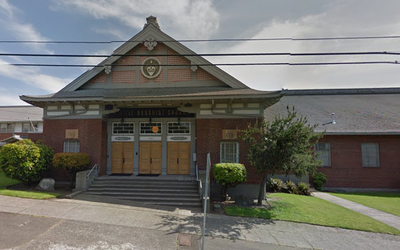
Chapter 17: The 9th Chapter, the Funeral and a New Beginning
Sept. 23, 2016 • Ryusuke Kawai
Japan and Temples in Seattle Seattle, which has a long history of Japanese immigration, once had a Japanese town, and it had almost all the features of a Japanese community. In his "America Story," Kafu Nagai, who came to the United States in 1903 (Meiji 36), was surprised to find that the city of Seattle, his first port of call, was not at all different from Japanese cities. Among these were religions brought from Japan (such as Buddhism), and Japanese-style …


